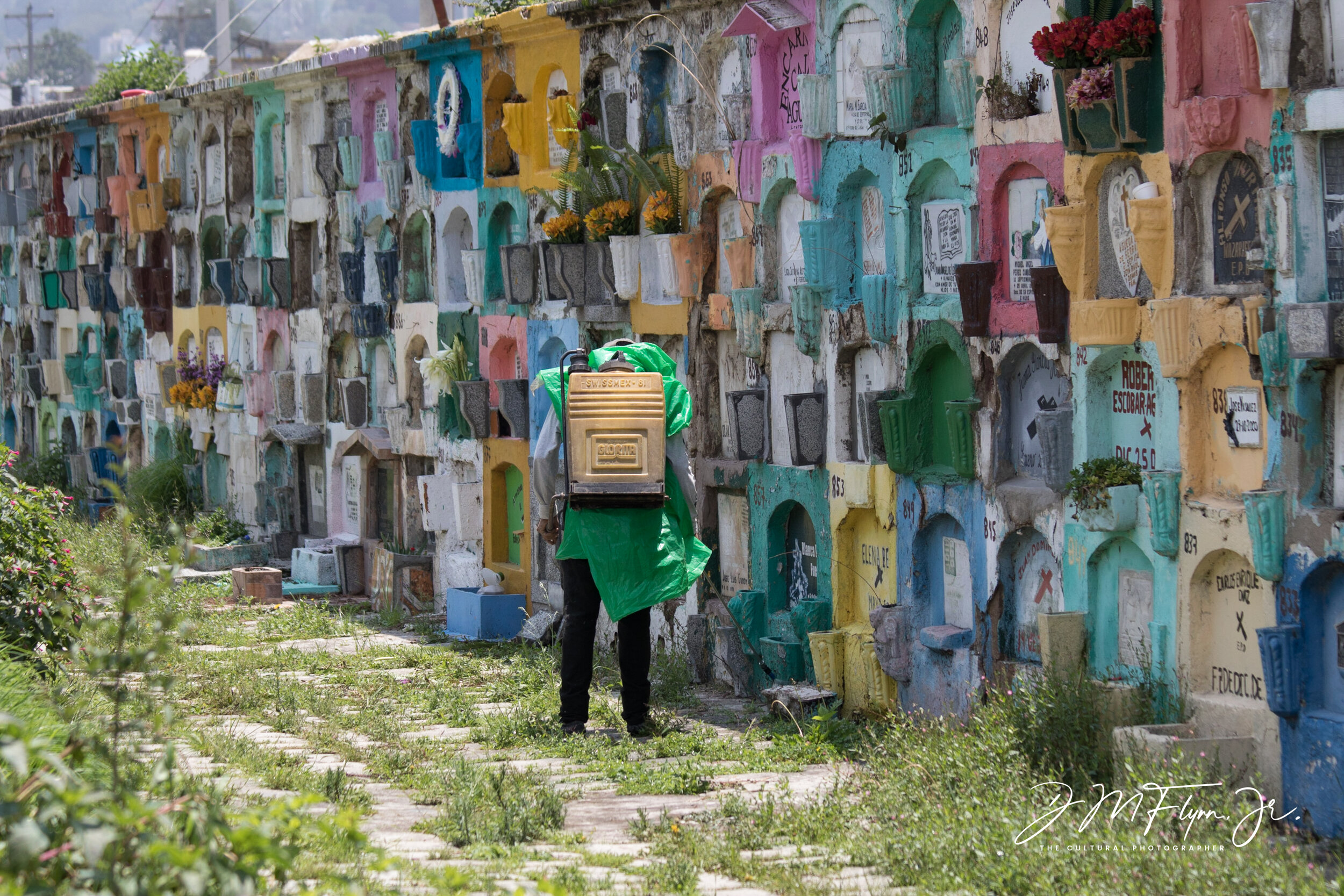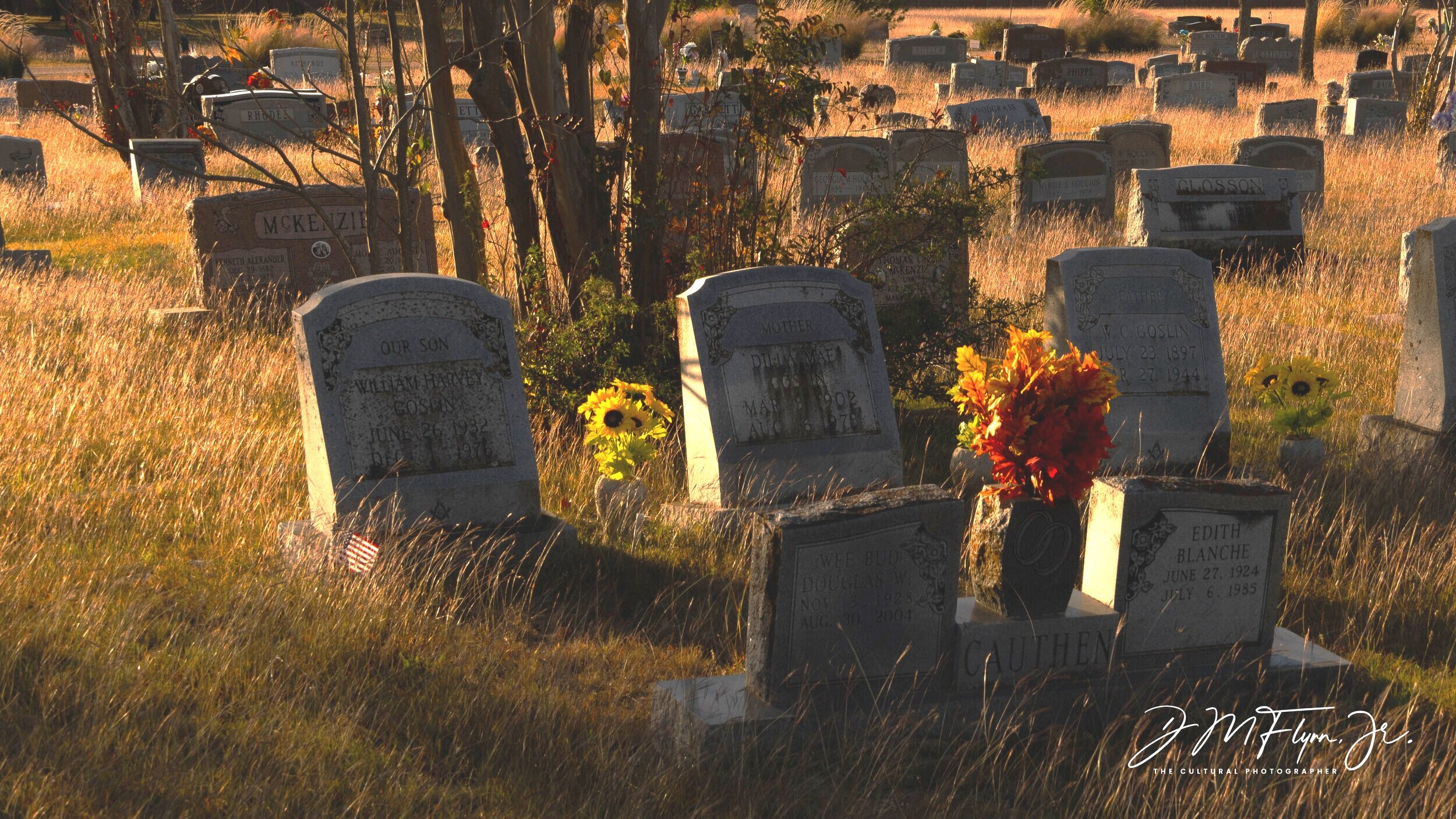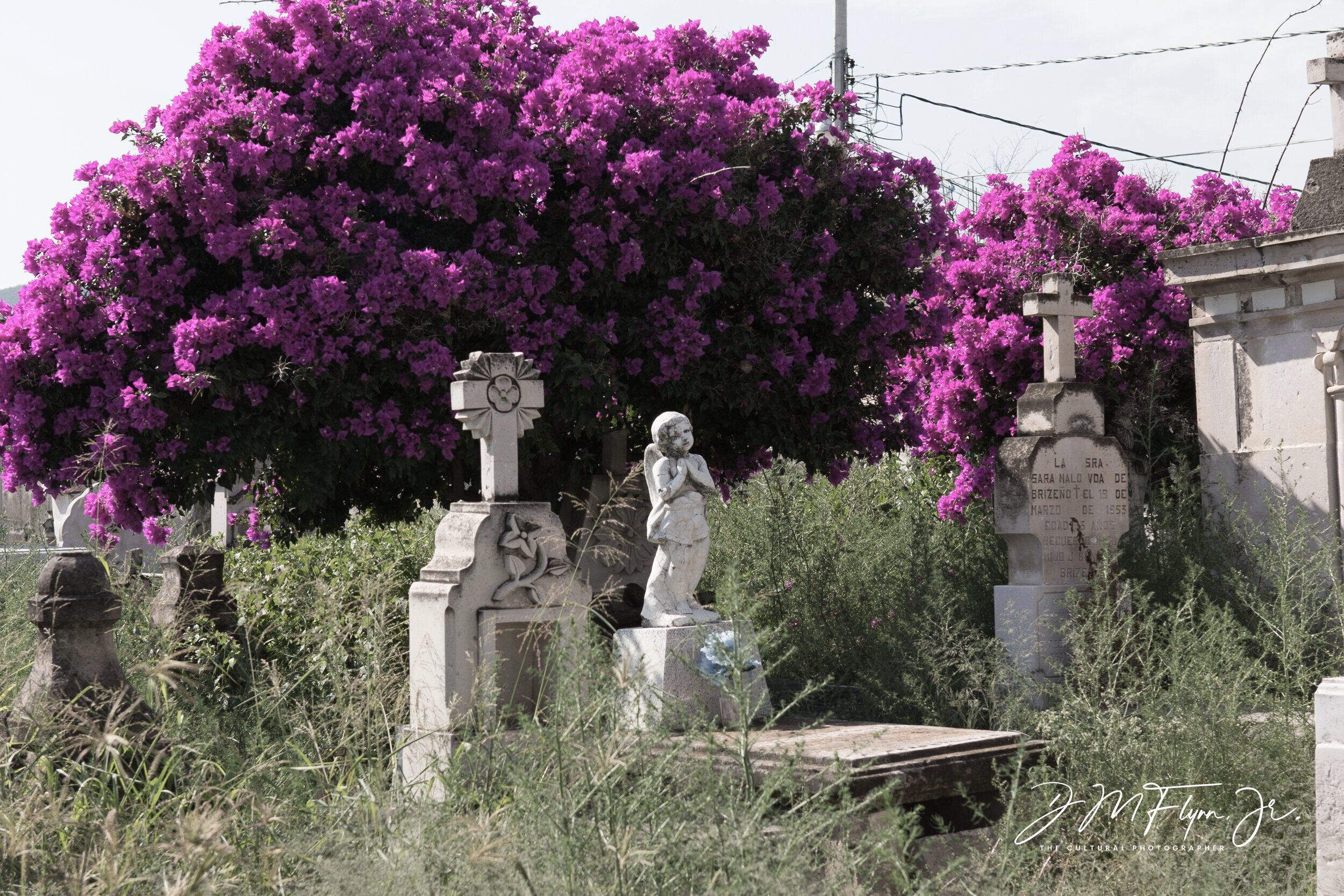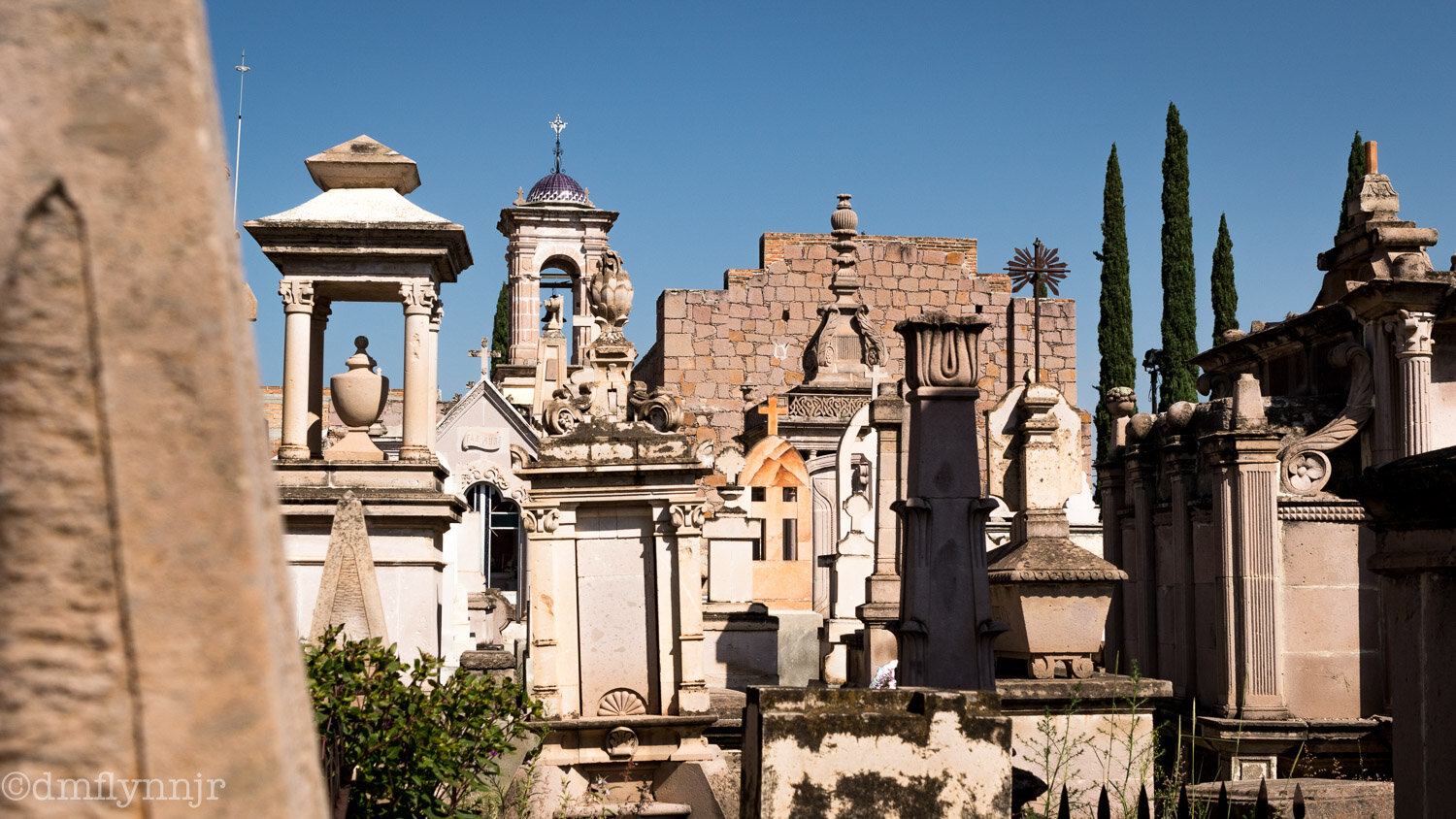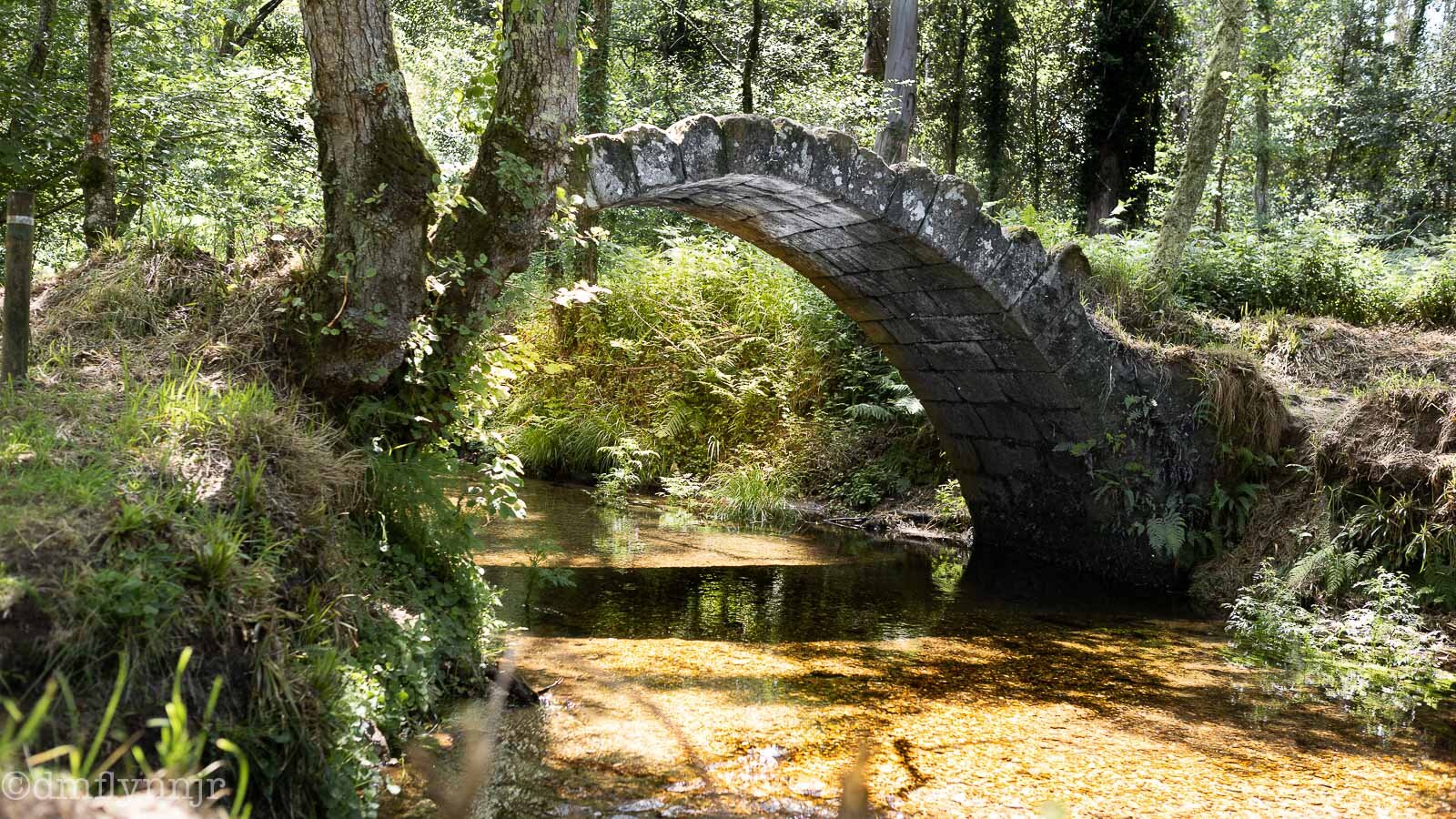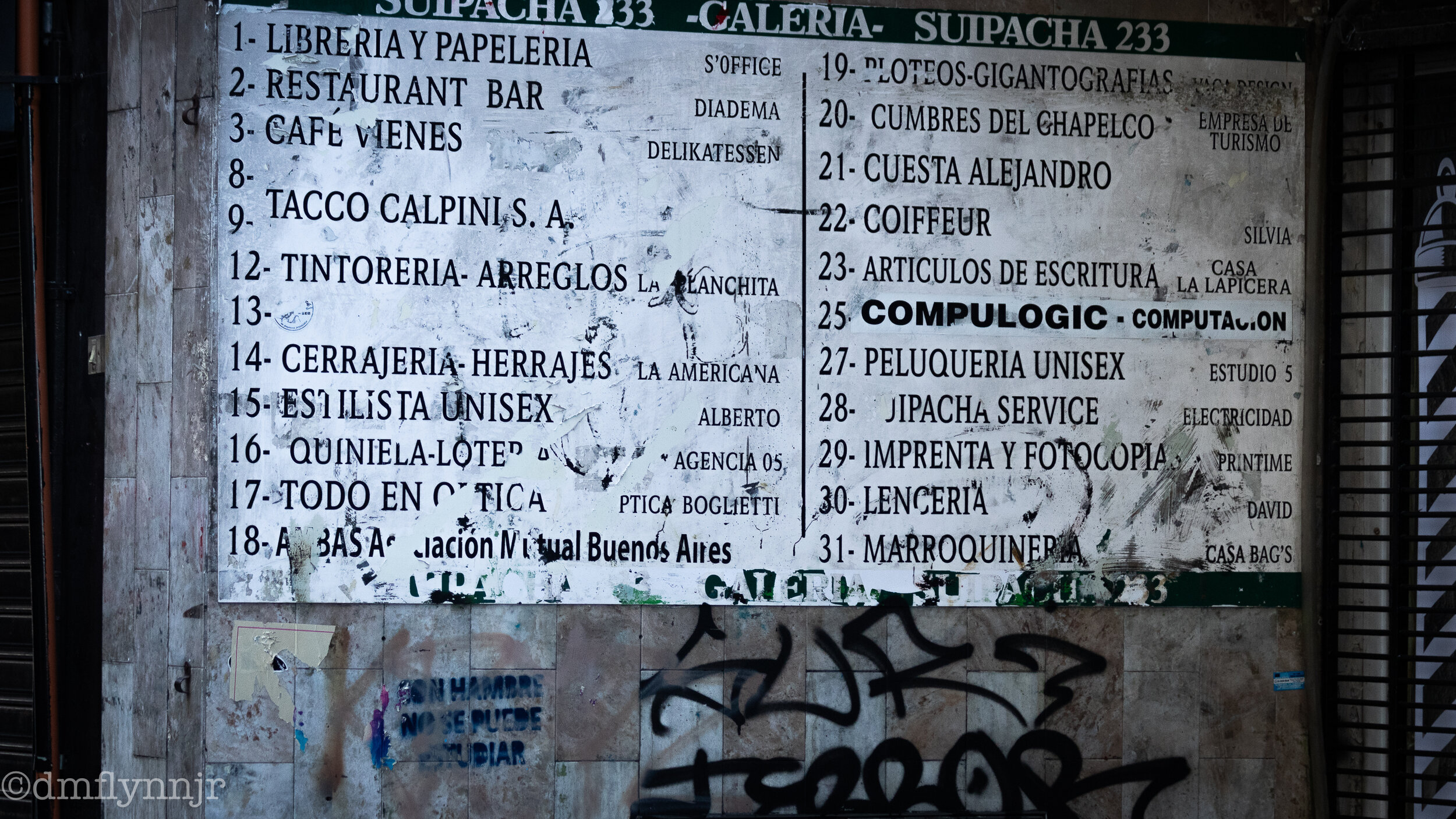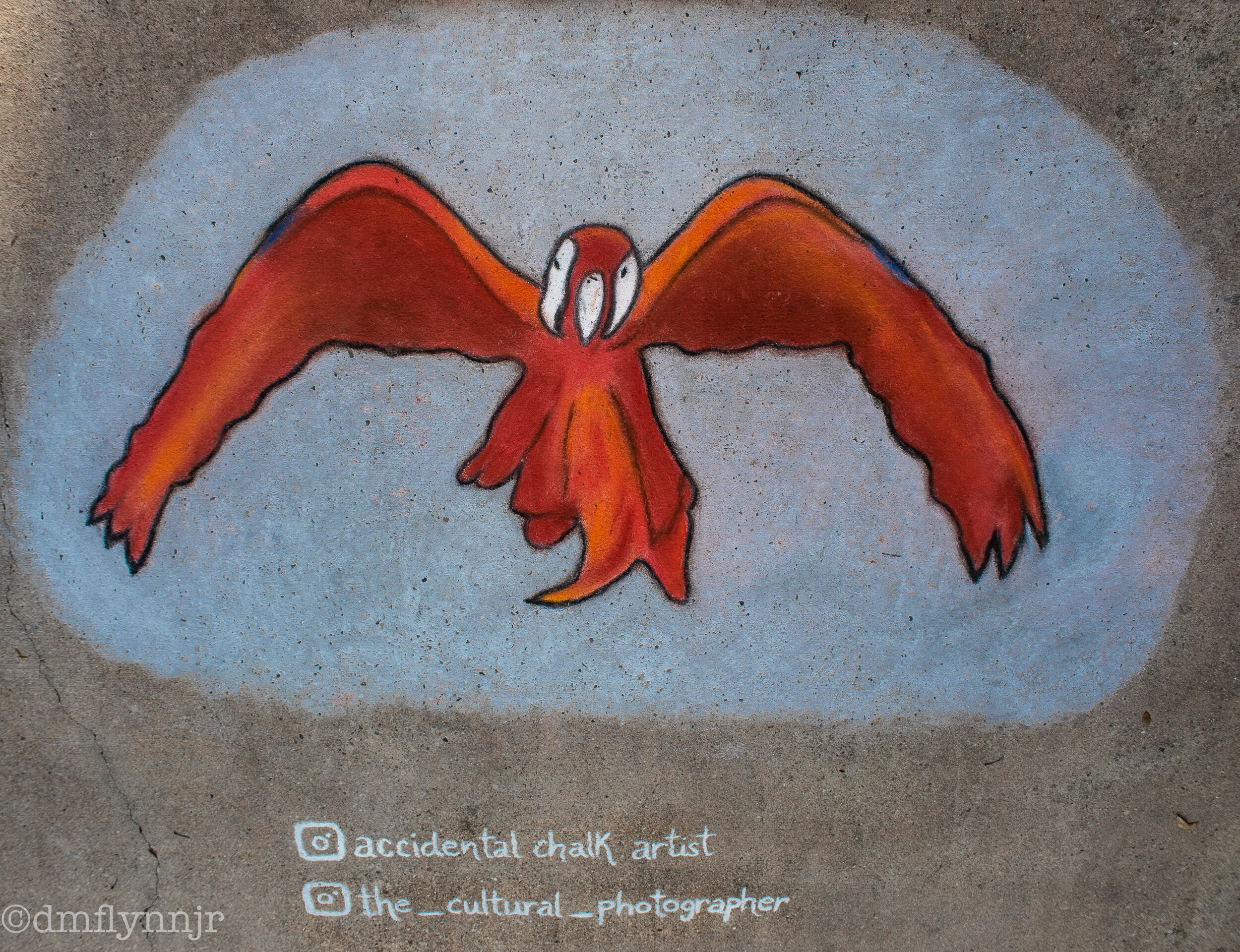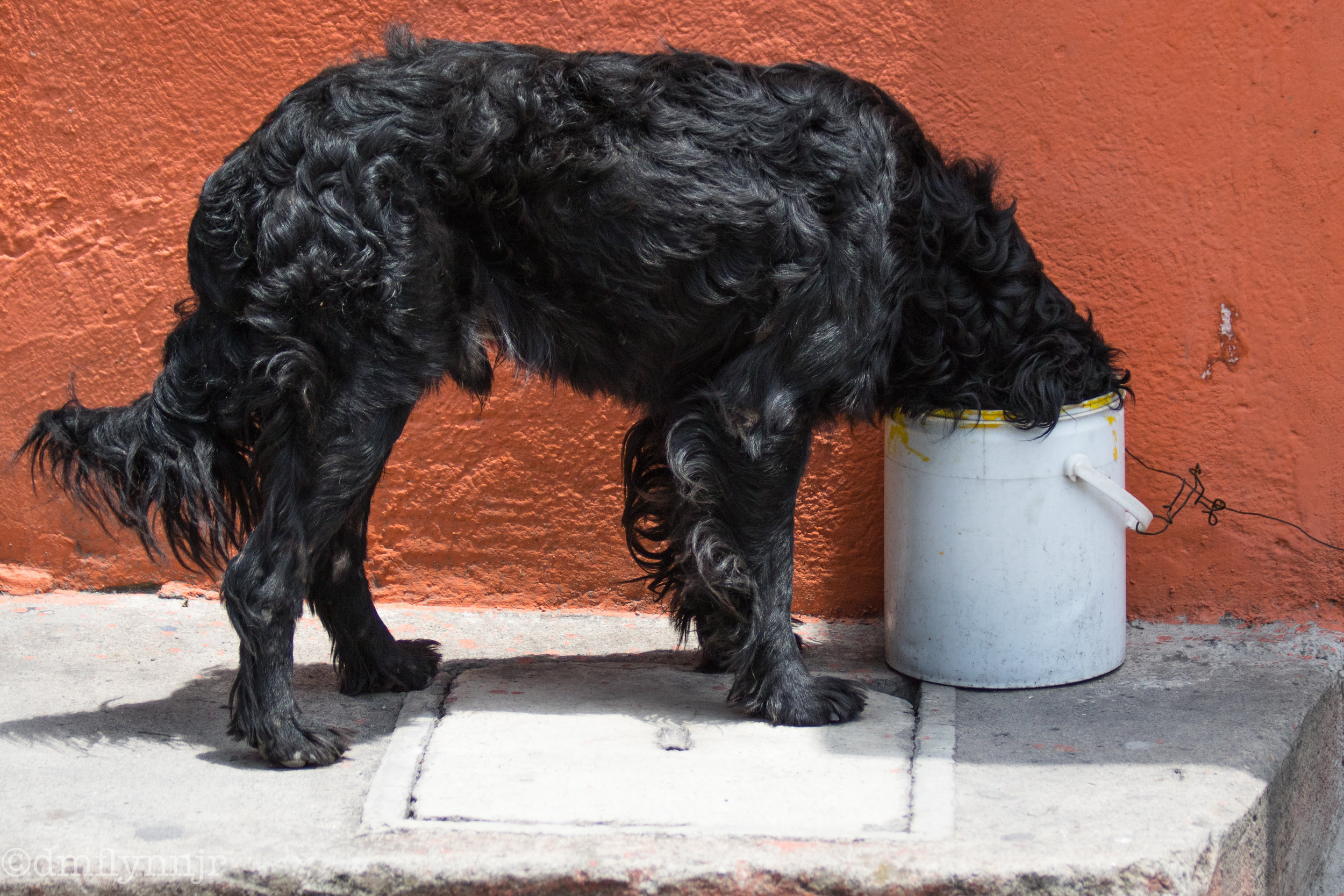When I was a boy I would entertain myself by tracing maps out of a child’s world atlas. I would overlay a sheet of onion skin paper, the kind that was used to send airmail letters because of its reduced weight, and then I would trace. I traced mountains. I traced countries and political boundaries. Archipelagoes, inlets, islands, isthmi, lakes, land masses, peninsulas, rias, rivers, and straits were all described by my #1 pencil. I drew South and Central America so much that to this day I can do a pretty good outline by myself without an atlas.
Certain formations fascinated me and have influenced my travel. Places like the Baja California peninsula or Lake Titicaca. But none sparked my imagination like the Gulf of Fonseca which takes a gouge out of the Pacific coastline right where Nicaragua, Honduras, and El Salvador meet. What was this interesting body of water surrounded by three countries? And who was Fonseca, a name I always associated with Portugal?
In the latter part of the 20th century the area around the Golfo de Fonseca was extremely dangerous what with the Contra War, a proxy war where forces backed by the United States (the Contras) and a revolutionary government backed by the Soviets (the Sandinistas) turned the Nicaraguan cityscapes and countrysides into a war zone. Add to that the flow of money and the smuggling of goods including drugs.
When I moved to Nicaragua in 2017, the Gulf of Fonseca was back-burnered, forgotten, and laying fallow in some recess of my mind. I was occupied wandering around other places in Nicaragua documenting my travels and capturing the wonderful smiles and faces of the people I met.
One evening I was enjoying myself at the Hotel Azul. A colonial gem right up the street from the Cathedral and thus only a few varas from my apartment, the Azul was my office where I would be frequently seen sipping chardonnay or 18 year-old Flor de Caña. I was engaged in conversation with a Scottish ex-pat and long-term resident of Nicaragua who mentioned that I should include in my travels Volcán Cosigüina in the northwest. A volcanologist who is one of the few people to ever go into its crater, he described its eruption in 1835 as a violent vesuvian event that blew the cap off the mountain. Further, the crater’s lake was slowly filling up and the weak sides of the cone would some day collapse. Pretty exciting stuff. I was intrigued. Better hurry it seemed. When he added that the view at the top included the Gulf of Fonseca ‘at your feet”, I enthusiastically embraced the challenge and made plans.
Soon after, I hired a Guide and Driver and we set out in a panzer-sized Toyota Hilux towards Cosigüina in the remote northwestern reaches of Nicaragua. We stopped over in Chinandega, Nicaraguas’s hottest city, to pick up his friend and enjoy a fritanga of chicken, rice, beans and plantains while sitting on flimsy cheap Chinese chairs and swallowing Cerveza Toña, a local elixir. We toured Chinandega, including Nicaragua’s best meso-american museum hidden away in a small private school, and later slaked our thirst with more Toñas. The next day we stopped in El Viejo, to see the famous basilica and the famously guarded la Virgen del Trono.*
After negotiating roads that were roads in name only, we finally made it to our base camp: a lovely well-appointed lodge surrounded by the forest treetops. Our sole dinner companion was perched on a power line: the turquoise-browed motmot, known in Central America as the guardabarranco, it is the national bird of Nicaragua and so named because it perches over roads, gullies, and arroyos seemingly watching over them. I considered this a good omen.
Our dinner companion: a guardabarranco.
Over dinner my trusted G&D advised that we would need to add to the payroll another guide for the final climb on foot. He would be waiting for us somewhere along the way.
We found Inez waiting for us somewhere along the way the next day as planned. I negotiated a fair rate with him to guide us up, so we parked and started walking. Along the road at first, then later through the brush, and up the sides of Cosigüina. Although the volcano is not that high (2900 ft), the paths are deceiving and sometimes hidden. Add to that the fact that Nicaragua once had more land mines than any other country in the world and there are areas where you just don’t trespass makes having a guide a good policy. Since I did not want to climb up on one leg as that would slow our progress, Inez’ fee was more than reasonable.
The amble up the volcanic rocks and forest overgrowth was pleasant enough with shade here and there to provide relief. It was still hot, humid, and dirty, but not that bad.
Inez and I chatted. He spoke about his home in Chinandega and his fascination with this volcano. I shared what I had learned from the vulcanologist friend in León much of which he knew or pretended to know. Inez was well-read in the areas of flora, fauna, and topography of his country but still a humble and affable person to spend time with.
We made it to the top, the last 100 meters being almost straight up as the volcano has a very thin cone ready to be breached by the crater’s lake 500 feet below us. Filled with emerald green, boiling water, surrounded by a thick lush forest, the shades of green between land and lake were blinding, dazzling. Raptors flying past our heads, in and out on the updrafts of air heated by the volcano added to the cinematic quality of the experience.
The crater. Cosigüina.
And behold, in the middle distance, way below us, lay the Gulf of Fonseca. I followed its shape, saw the numerous islands, and almost felt like I had been there before; it was oddly familiar. There it was straddled by Honduras on the right, El Salvador straight ahead, Nicaragua where I was standing!
We, Inez, my trusted G&D, and myself were enjoying the searing heat and gazing in silent awe at the view. On top of a fragile volcano, the vast Pacific Ocean, the familiar gulf, three countries and we heard only the wind and the birds. Then, Inez said something I will never forget, this self-educated man from a magical corner of the earth with much to teach a traveler such as myself, “the world is a big place.” Yes, indeed, the world is a big place and worthy of awe. Something I remember and keep to myself whenever someone says to me “small world”.
Inez, a local Cosigüna guide, and the author at the edge of the crater.
We avoided land mines on the return down the volcano.
* Anecdote told to me by a caretaker in the Basilica:
When Pope John Paul II made a pastoral visit to Nicaragua in the 1980s, right in the middle of the Contra War, it was decided that too many dangers lurked for His Holiness to travel outside of Managua. La Virgen del Trono, it was decided, would travel to Managua so the Pope could see her, bless her, say a Mass in her honor, etc. Church officials arrived in El Viejo with that purpose only to be met by a mob of machete-wielding parishioners. They blocked the entrance to the church and refused to have the virgencita taken.
So, cooler heads prevailed, and the church officials went back to Managua sans the virgen. A Mass was said in her honor by proxy.







